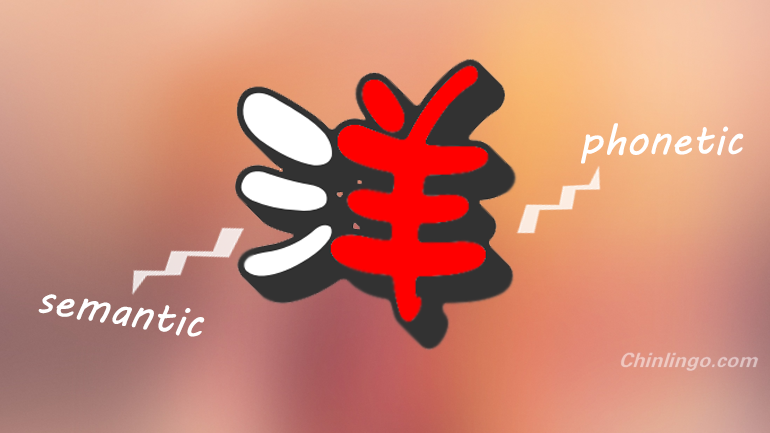
One of the most important lessons we can learn from research into learning anything, including languages, is that understanding aids memory tremendously. Trying to commit something meaningless to memory is very hard, but if you can connect it to something you already know, make it meaningful in other words, remembering becomes a lot easier.
Chinese characters have a lot of meaningful information carried in them already, but it might not be immediately obvious to beginners how this information is structured and how to access it.
There are four main types of characters in Chinese and knowing how these work will help you understand characters and therefore also make your learning a lot smoother. In this article, we will look at simple ideograms. There are a number of related articles you should read as well:
Character type 1: Pictographs
Character type 2: Simple ideograms
Character type 3: Combined ideographs
Semantic-phonetic compounds
This category is very common (at least 80% of all characters, probably more) and even though it has a scary name, it's not hard to understand.
Semantic means related to meaning and phonetic means related to sound, so it's simply a character consisting of one part giving the character its meaning and another part giving it its sound.
For instance, 洋 (yáng) "ocean" consists of two parts, 氵 (shuǐ) "water" and 羊 (yáng) "sheep". Obviously, the meaning is unrelated to sheep, the sheep is there to give the character its pronunciation. The water is there to give the character its meaning.
The origin of semantic-phonetic compounds
The origin of these characters is perhaps best understood through the realisation that spoken Chinese of course emerged before the written language. That means that people used much more words than they had characters for.
When they wanted to use a character to write something new, they simply took a character that was related to the meaning of what they wanted to express and combined with another character which was pronounced in the same or at least a similar way.
Learning Chinese with semantic-phonetic compounds
Semantic-phonetic compounds is easily the most overlooked part of learning Chinese characters.
There are whole sets of characters that can be very hard to learn if you don't know about phonetic components, such as characters involving 良 and 艮. Do you know when you should add the dot and when you shouldn't? There are many characters that are otherwise very similar:
With dot (view all here): 娘, 浪, 狼, 莨, 阆, 琅, 稂, 锒, 粮, 蜋, 酿, 踉
Without dot (view all here): 艰, 限, 垦, 很, 恨, 狠, 退, 垠, 哏, 恳, 根, 痕, 眼, 银, 裉, 跟
Now, trying to learn this by remembering if there should be a dot or not is very hard, but if you know that 良 and 艮 are the phonetic components of these characters, you just need to know the pronunciation. Characters containing 良 mostly end in -ang or -iang, whereas those that contain 艮 usually ends in -in or -en (in any case not -ng).



 闽公网安备 35020302035673号
闽公网安备 35020302035673号
0 responses on "Semantic-phonetic compounds in Chinese"